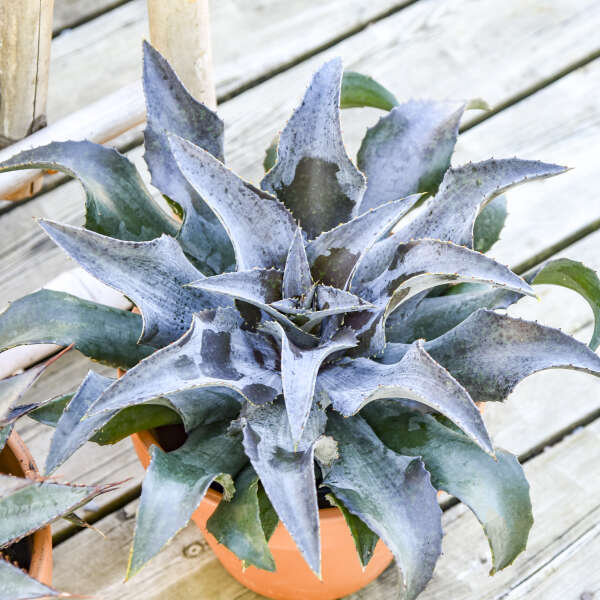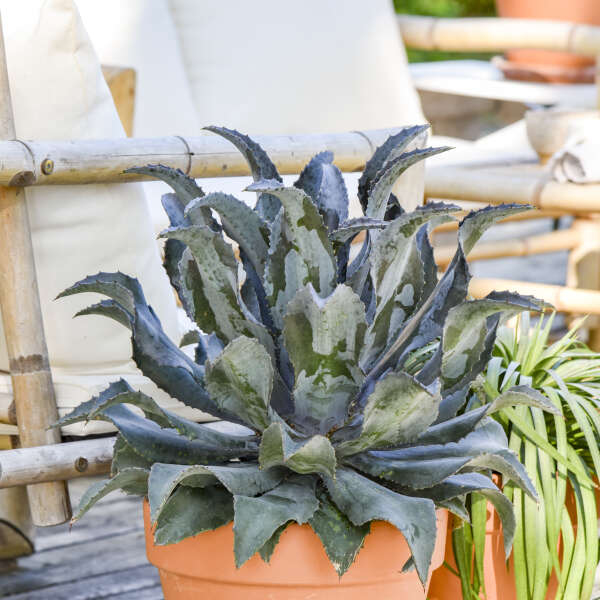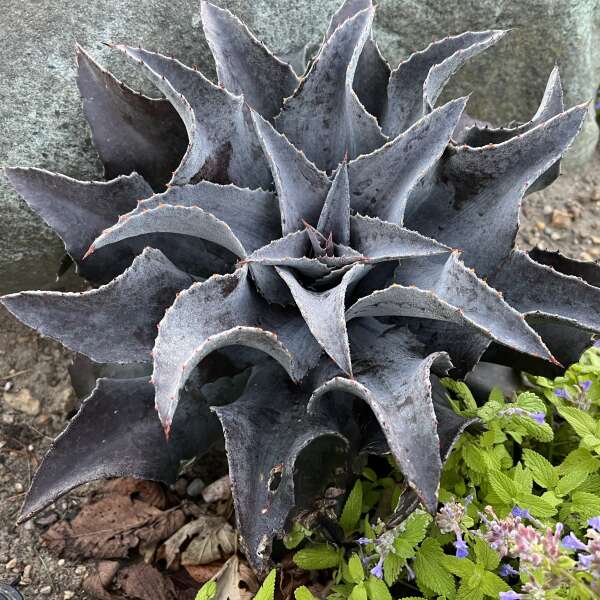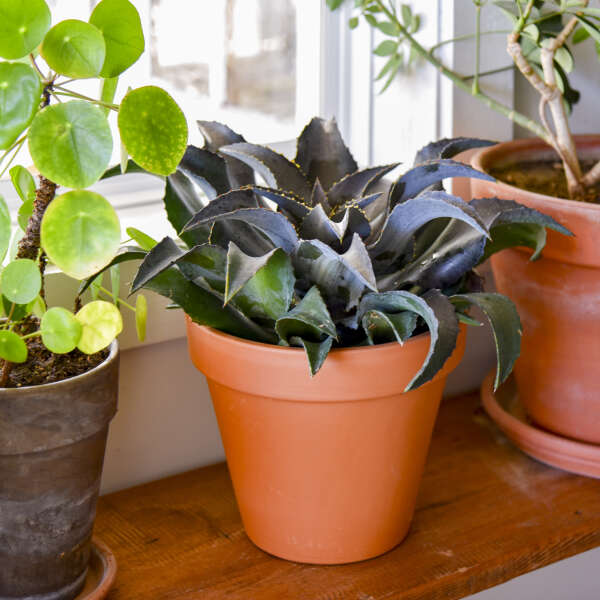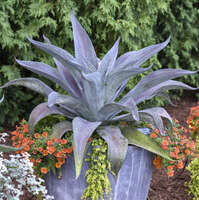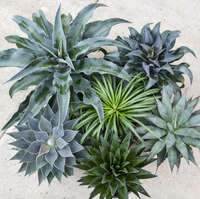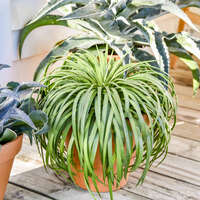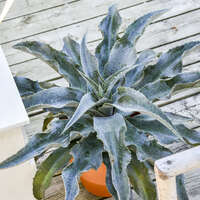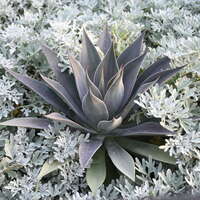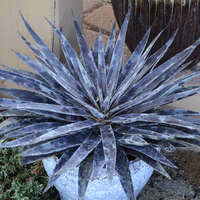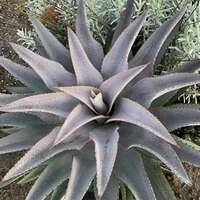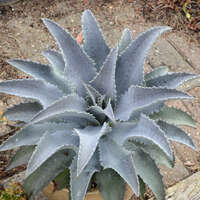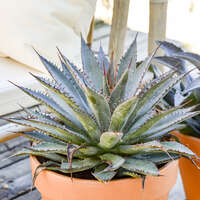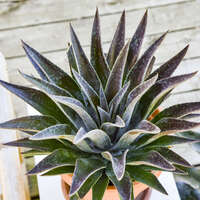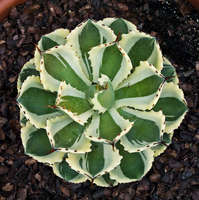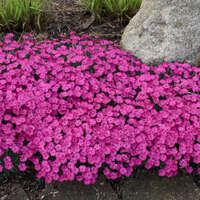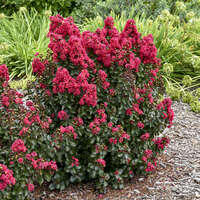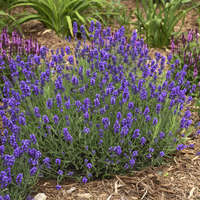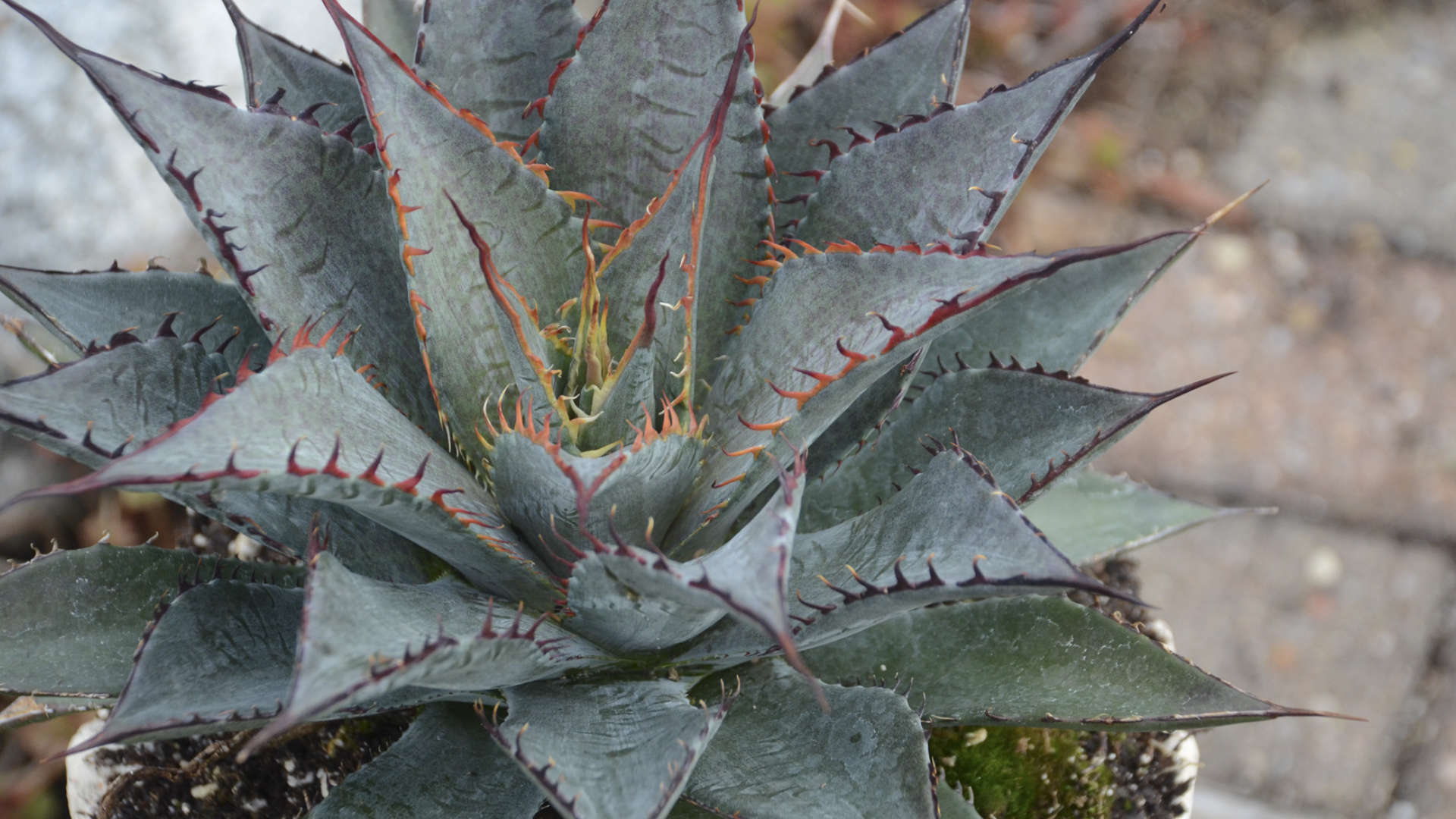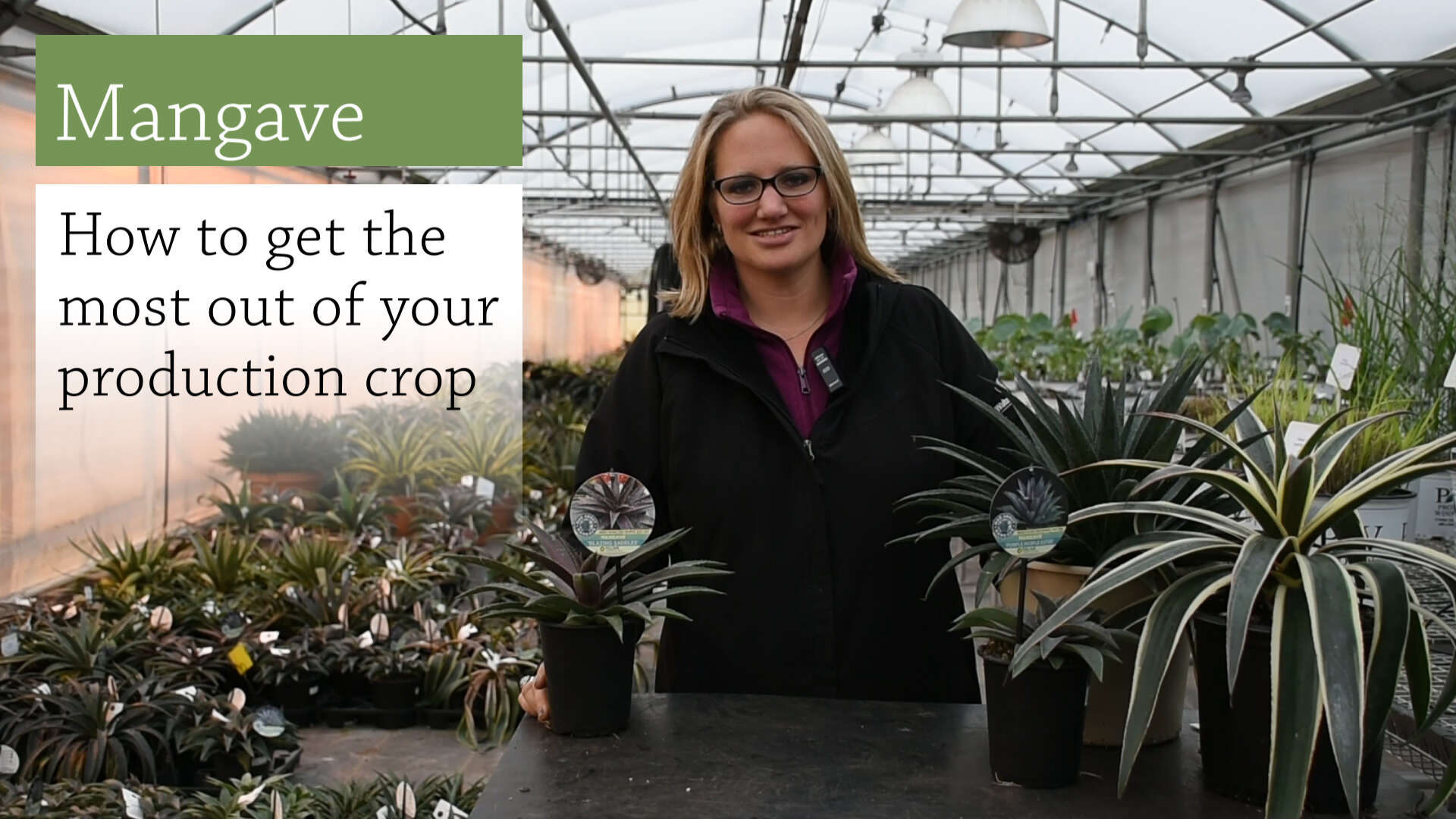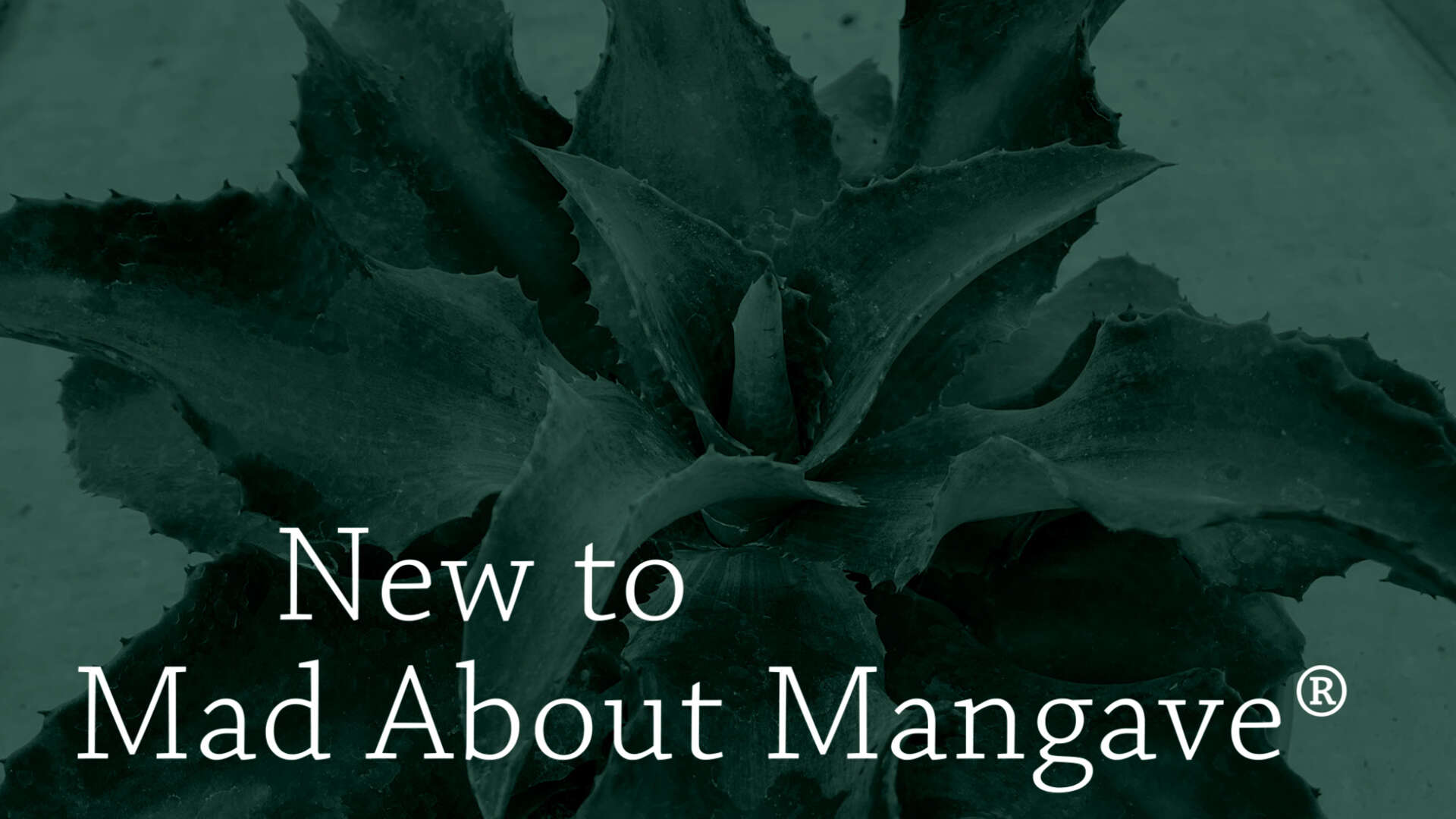Mangave 'Night Owl'
ART & SOL® Collection



Common Name: Mangave
Mangave meet the needs of the modern gardener. These large succulent-esque hybrids retain the excellent heat and drought tolerance of their Agave background, while adding fast growing, tropical attributes from their Manfreda parentage. They can be grown solitary, in the landscape, or in mixed or mono decorative containers. Their tolerance of a wide variety of moisture conditions allows them to be mixed with succulents, annuals, and tropicals. Mangave are perennial in southern zones, with the option of being grown as an annual in northern zones or overwintered as a houseplant.
The ART & SOL® Collection contains a mix of architectural forms and colors representative of the genus. With such a wide variety of forms and colors, there's something for everyone!
This beautifully dark succulent has a similar habit as 'Silver Fox' but with near black leaves. Its dark color comes from its heavy dark spotting. The wide leaves gently undulate to show off its marginal spines. Plant in full sun for best color.
72ct Plug Tray |
